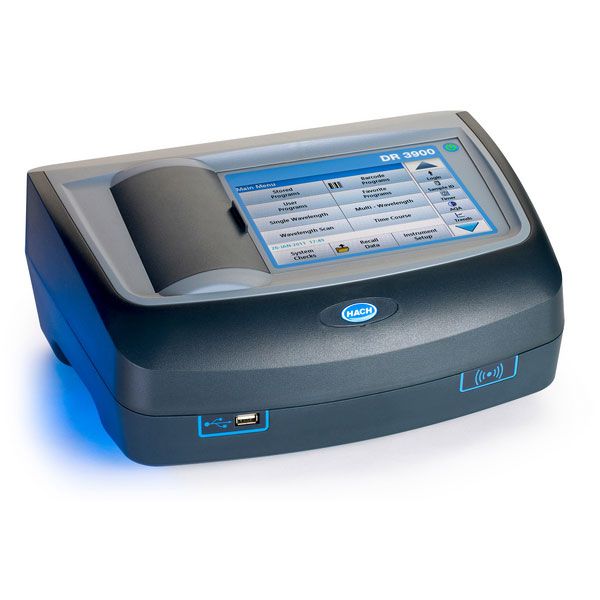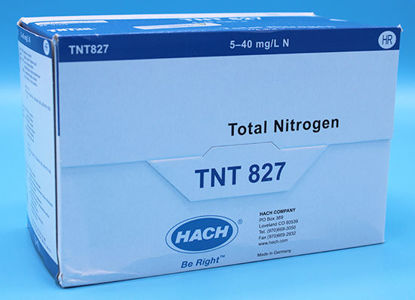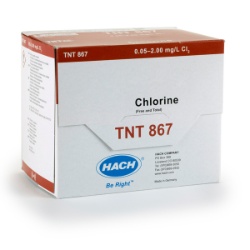Sedron Internship: Ammonia Removal from Wastewater
Skills: [Experiment Design, Wastewater Treatment, Laboratory Analysis]

One of the projects I worked on at Sedron was a small scale sewage treatment system that used distillation as the primary treatment method.
Distillation could remove most contaminants, including all solids components of the sludge, but because ammonia has a much lower
boiling point than water it would leave the sludge with the steam and end up in the wastewater stream.
The plan was to remove the ammonia using breakpoint chlorination, a process where chlorine is added to the wastewater until the three hydrogen
atoms in an NH3 molecule (ammonia) are replaced by chlorine atoms to form NCl3 (trichloramine). This trichloramine would then volatilize and
leave the wastewater as trichloramine gas. The chlorine would be added to the wastewater in the form of calcium hypochlorite, also known as pool chlorine. Calcium
hypochlorite comes in the form of crystals that would dissolve in the water, releasing the chlorine atoms. Testing of Total Nitrogen and Free and Total
Chlorine concentrations in the wastewater was done with a Hach DR3900 Laboratory Spectrometer.


All of my experiments were performed on 100mL samples of wastewater. I would incrementally increase the chlorine dose, testing the total nitrogen and free chlorine levels after each addition. After several experiments varying different parameters, I found that the total nitrogen levels would consistently fall linearly to around 10% of the original concentration and then plateau. At this point the free chlorine concentration would also be very high, so for some reason the chlorine was unable to bond with this remaining nitrogen. After doing some research on the topic I wasn't able to find a clear cause. I decided to talk to one of the Chemical Engineers at the company, since as a Mechanical Engineer my experience with chemistry was pretty lacking. They said that a possible explanation was Organic Nitrogen, since it would show up in a total nitrogen test alongside ammonia. We had been sending the wastewater samples to a local lab weekly where they did several more accurate tests, and the lab results had shown that only the TKN (Total Kjeldahl Nitrogen) test had found significant concentrations of nitrogen, while the tests for nitrites and nitrates found oncentrations near zero. Because of this we decided to purchase the cheaper total nitrogen field test kids instead of ones made for ammonia specifically. However, TKN tests also detect organic nitrogen, and so our assumption that ammonia made up the bulk of the nitrogen in the wastewater appeared incorrect. After some more testing I was able to provide additional evidence for this theory and recommended some design changes to fix the problem.